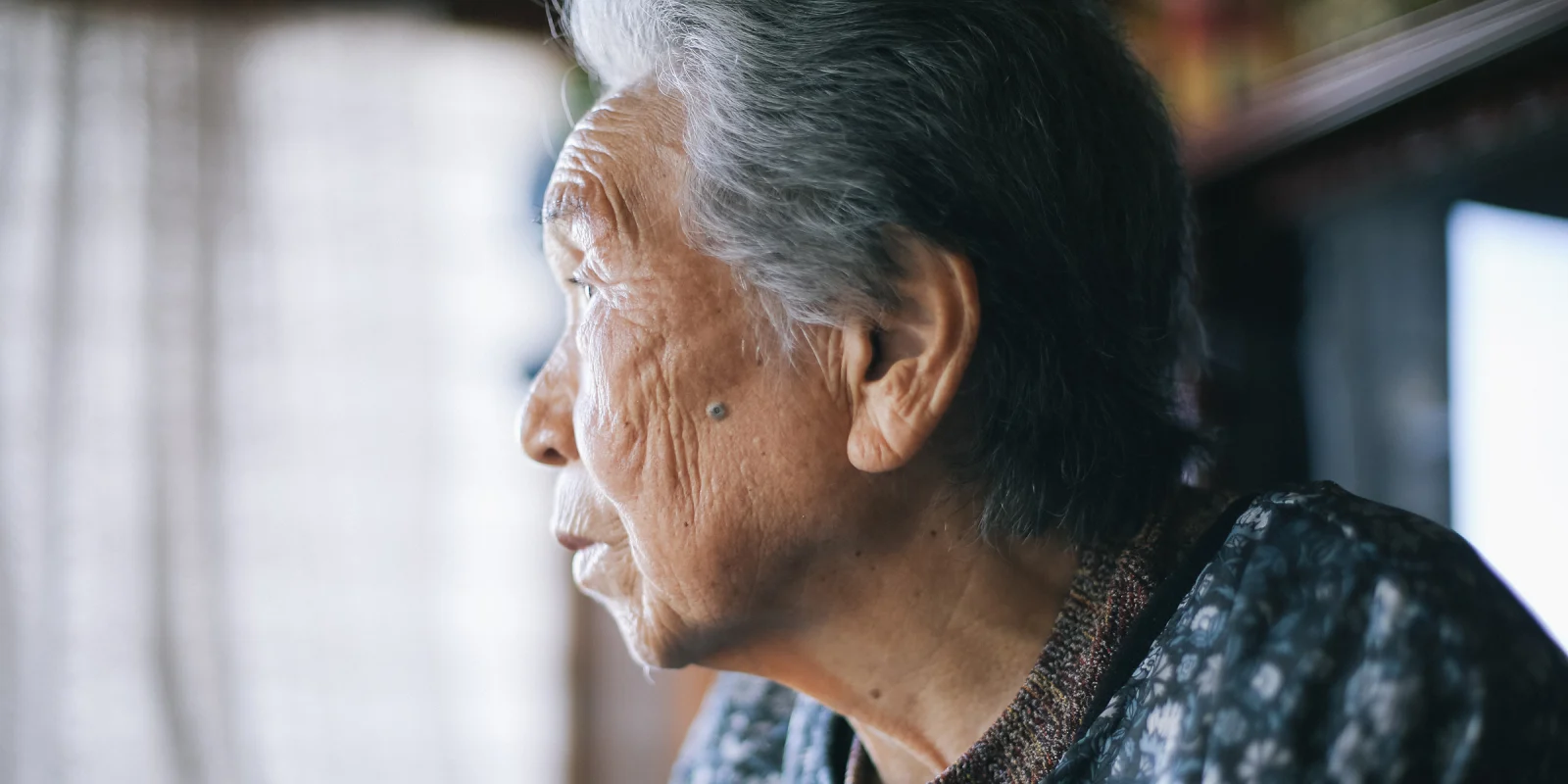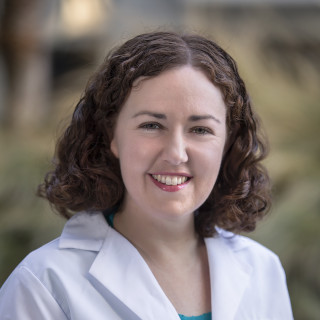The American Geriatrics Society 2021 Annual Scientific Meeting was held virtually for the first time due to the ongoing COVID-19 pandemic with more than 70 sessions, symposia, and workshops that covered a wide variety of cutting-edge geriatrics research, clinical practice innovations, new models of care, new educational strategies, and developments in public policy. As older adults have disproportionately experienced morbidity and mortality from the COVID-19 pandemic, several sessions at the conference highlighted the lessons learned over the past year in which those 65 and older accounted for more than 89% of COVID-19 deaths.
Dr. Jasmine Travers presented “A Journey to Dismantling Structural Inequities Behind COVID-19 Aging-Related Disparities,” which highlighted how COVID-19 magnified structural inequities experienced by aging older adults. She defined structural inequities as “the systematic disadvantage of one social group compared to other groups with whom they coexist that are deeply embedded in the fabric of society.”
Such inequities produce systematic disadvantages, such as unequal access to COVID-19 vaccines. For example, the reliance on internet-based platforms for vaccine appointment scheduling was emphasized as a prominent inequity in the distribution of the COVID-19 vaccine, as more than one in four Medicare beneficiaries did not have internet access, 13.8 million live alone, and 2–4 million older adults are homebound despite being among an older adult group making up 89% of COVID-19 deaths.
“Vaccine access is a microcosm of structural inequities among older adults. We see structural inequities in access to health care, healthy foods, socialization, housing, and shared resources, to name a few,” Dr. Travers reported. She described commonly disadvantaged groups, including older adults, racial and ethnic minorities, along with sexual and gender minorities, low-income groups, those who are socially isolated, individuals who are home-bound, and those who live in rural settings.
Additionally, direct care workers were highlighted as undervalued in their work with a median annual income ranging from $16,000 for home care nursing assistants to $22,000 for nursing home certified nursing assistants, which falls below the federal poverty line for a household of four.
“Denying a living wage and benefits to providers of daily care negatively impacts the quality of care to older adults,” Dr. Travers remarked.
Dr. Kenneth Schmader highlighted the efforts of the American Geriatrics Society to improve access to vaccination for vulnerable older adults as part of the ACIP COVID-19 Work Group — balancing the prevention of morbidity and mortality with preservation of societal functioning. This led to a vaccination schedule in the U.S. with a phase 1a that included long-term care facility residents, a phase 1b that included those 75 years old and older, and a phase 1c that included persons 65–74.
Addressing the needs of isolated older adults was highlighted both for vaccination planning and in the context of needing to include this population in future public health emergencies. Logistical barriers to vaccinating home-bound older adults include geographic dispersion and a time limit for delivery of certain COVID-19 vaccines. Homebound older adults may interact less frequently with the health care system and be unlikely to receive home-based primary care.
Successful vaccine distribution strategies discussed included: leveraging area agencies on aging to identify homebound older adults in Indiana; partnerships between home-based primary care and home health agencies in Dane County, Wisconsin; and partnerships with local fire departments in Chicago. Dr. Timothy Farrell emphasized the need for streamlined approaches to address ongoing fragmentation and inadequate coordination of services for older adults, including utilizing existing public health infrastructure when available.
Dr. Farrell further encouraged the increased participation of geriatrics health professionals in disaster and infrastructure planning at federal, state, and local levels, as well as discussing this with older adult patients as part of their health care.
Presenters at the conference also addressed the challenge of nursing home staff vaccine hesitancy. In research conducted by Dr. Linda Edelman among long-term services and support staff in Utah as the COVID-19 vaccines were made available, only 51% reported they were definitely going to get the vaccine, 26% would maybe get the vaccine, and 21% said they would not get the vaccine. By comparison, 74% of staff reported that they had received the flu vaccine.
Concerns about COVID-19 vaccination included vaccine safety, feeling rushed, not wanting to experience side effects, and fear regarding government intrusion. Those who had declined the flu vaccine were more likely to do so with the COVID-19 vaccine. Staff reported that education around vaccine risks, safety and efficacy, and immunity was needed. These topics were then addressed by the Utah Department of Health in educational campaigns about the COVID-19 vaccine.
The impact of COVID-19 on loneliness and social isolation was addressed as well — our own group’s work at Cedars-Sinai demonstrated a possible protective effect of virtual group exercise participation on social isolation and loneliness in older adults across the COVID-19 pandemic.
Dr. Rhonda Randall shared data from the UnitedHealthcare Senior Report 2021 on social isolation among older adults with risk factors for social isolation, including being widowed or divorced, having a disability, living alone, living in poverty, and having dependence on instrumental activities of daily living. Dr. Randall presented data on the state prevalence of social isolation in which Utah showed the most social connectedness and Mississippi was the state with the highest levels of social isolation.
Attendees universally mentioned looking forward to meeting in person in future years, as well as a collective appreciation for the work and contributions to geriatrics over the past year, a challenging time to care for older adults.







